The Samsung Galaxy Note 4 Review
by Joshua Ho on October 15, 2014 9:00 AM EST- Posted in
- Smartphones
- Samsung
- Android
- Mobile
- Galaxy Note 4
Software
While it’s fully possible to focus purely on hardware and ignore software in some cases, the smartphone in general is proving that such a focus tends to be a bit short-sighted as even when there is a vibrant custom ROM community AOSP-based ROMs aren’t quite as polished as what the OEM produces. In the case of the Galaxy Note 4, Samsung’s additions to the UI become even more important as Android doesn’t have much of the native framework that one might expect, especially when it comes to making use of the Wacom stylus.
As the S-Pen/Wacom stylus is so critical to the Galaxy Note, I want to address this area first. When it comes to the stylus, it’s relatively hard to justify the existence of the stylus for simple navigation, but to this end the stylus is surprisingly useful when it comes to tapping extremely small touch targets on desktop websites.
However, the real functionality of the S-Pen actually comes in the form of taking notes. These use cases include quickly taking down a phone number or writing up a task list, which are conveniently translated into actual tasks or phone numbers to be stored in the calendar or contacts list. Unfortunately, those with poor handwriting will likely find that they cannot write as quickly as one may prefer in order to have accurate transcription, but when these features work they really are quite useful and cool.
While the ability to quickly jot notes down is nice, the S-Pen features really excel when we start looking at anything that involves graphing or writing complex equations. S-Note is surprisingly useful in this regard, and while I suspect that OneNote on Windows is more effective in this use case a full Windows tablet isn’t quite a mobile device the way the Galaxy Note is.
Outside of the S-Pen, TouchWiz continues to be quite acceptable in comparison to previous variants. While multi-window has been around for a long time on TouchWiz devices, I found it quite clunky in previous variations as it required long-pressing the back button in order to activate it. This made for a pretty poor experience as this basically meant that a lot of conscious thought was needed in order to make good use of this functionality. Fortunately, Samsung has also added a multi-window button into the multitasking menu which shows up on the top right of any app that supports multi-window. This is a massive improvement in user experience when compared to previous implementations of this feature. Unfortunately, the use of this function continues to be a bit clunky as it doesn’t seem to be aware of whether the previous application supported multi-window. As a result, opening another app in multi-window when one was already using a multi-window app won’t open the two applications side by side as one might expect. This feature is also dependent upon developer support, so this requires some thinking on the part of the user to check for multi-window support. While Samsung undoubtedly has a good vision for what they want from the phablet experience, the implementation isn’t quite there.
Samsung has also implemented dual-pane landscape views for certain applications, but it seems a bit strange that this wasn’t implemented in the settings menu either. While implementing such views is certainly dependent upon developer support, there is a level of inconsistency that comes from stock Samsung applications that affects the overall polish of the experience. There are also floating windows for some applications, which can help with one-handed usability but are mostly a way of improving multitasking functionality.
In terms of overall design, TouchWiz’s aesthetics are no longer a real issue for most, although this is definitely a matter of personal preference. There really isn’t much lag in most places but I have noticed that the multitasking menu has a rather long latency when compared to most other phones. This causes a noticeable drop in the speed at which I can multitask on a phone. Most people shouldn’t have any issues with TouchWiz at this point, although I suspect that the “option overload” in some parts of the UI will confuse users in general. Samsung is likely in a bind here as they once again have to try and keep features and behavior that upgrading users will expect while also accommodating for users new to Samsung devices. Samsung in general continues to ship TouchWiz with a massive number of software features that might be of use, such as the one-handed usability gesture that automatically shrinks the display to keep content within reach of one thumb.
On the verge of hardware and software, the fingerprint scanner is noticeably improved when compared to what we first saw with the Galaxy S5, and the experience associated with the fingerprint scanner is noticeably less painful when it comes to partial matches and similar behavior. I still think that the fingerprint scanner should be moved to the back of the phone for ergonomic reasons but the implementation is workable as-is.
Overall, the software experience that the Galaxy Note 4 ships with is surprisingly functional, even if there are rough edges that need a bit of polishing. Most people should find themselves quite content with the TouchWiz UX even if there are odd bugs here and there. While the Note 4's software is definitely more functional, Apple ships a more polished software stack with the iPhone 6 Plus.


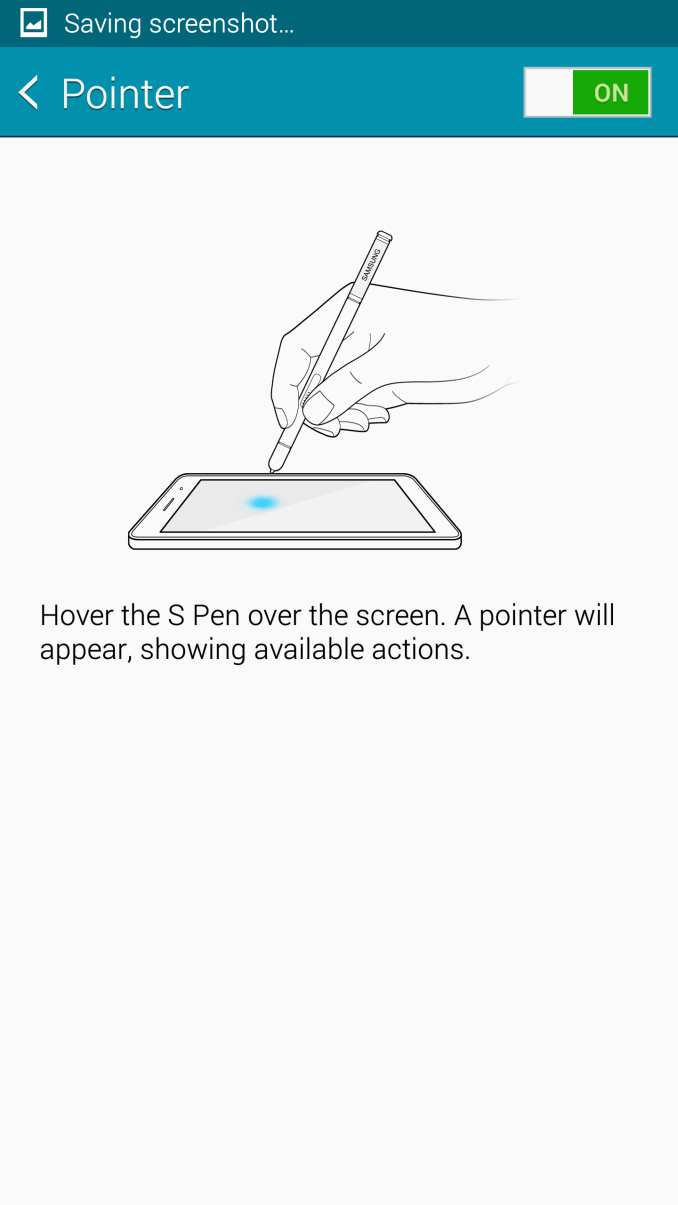
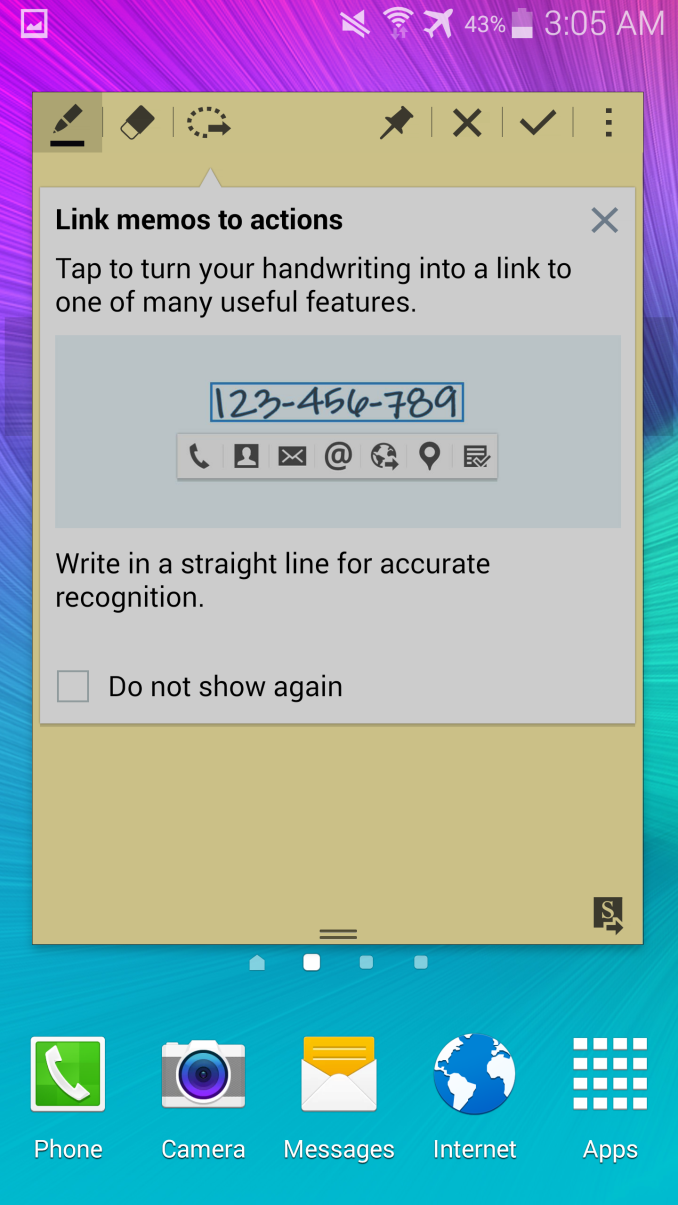

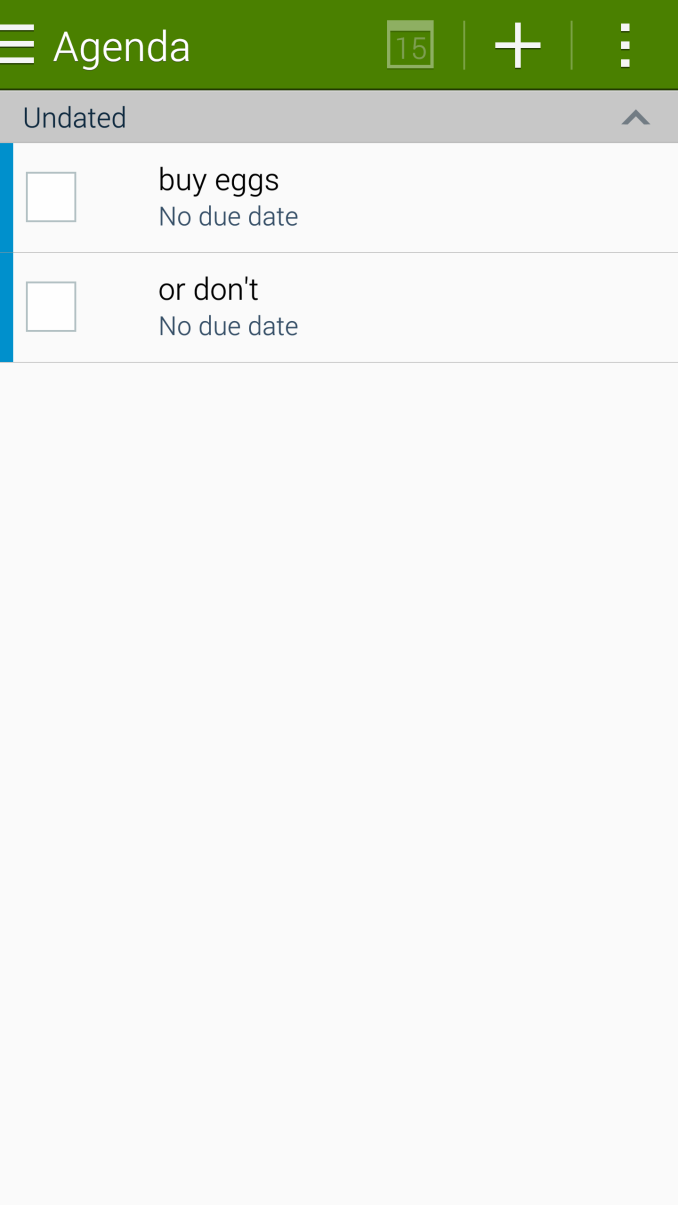
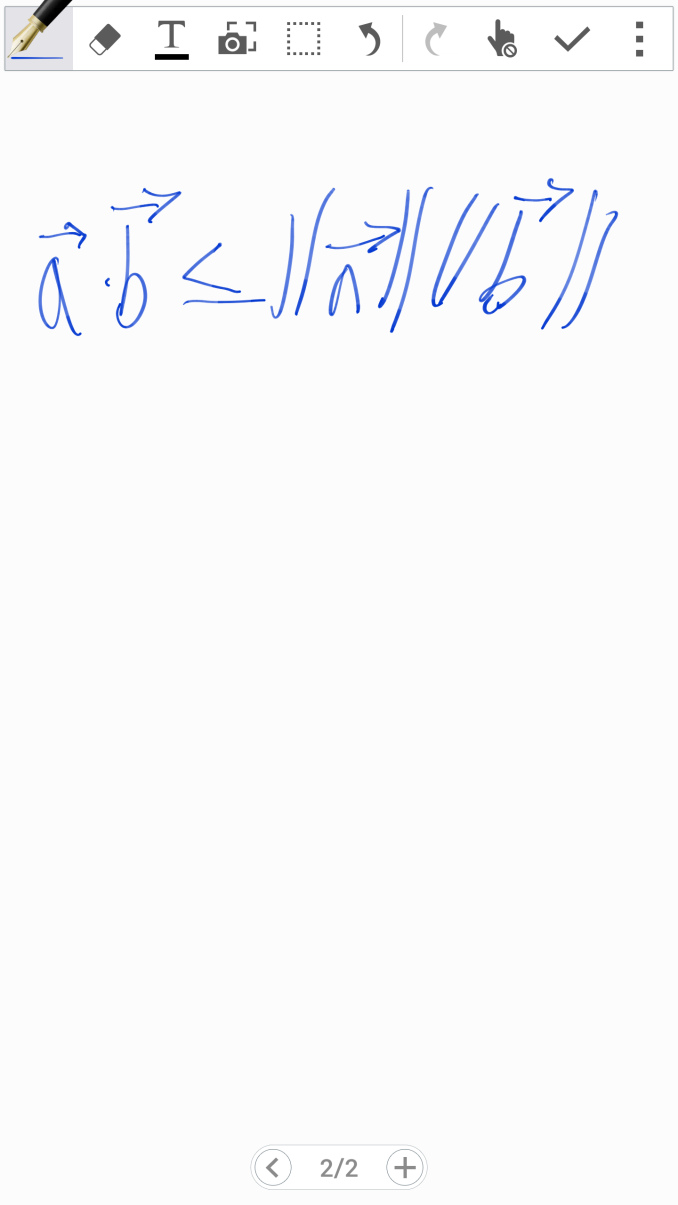
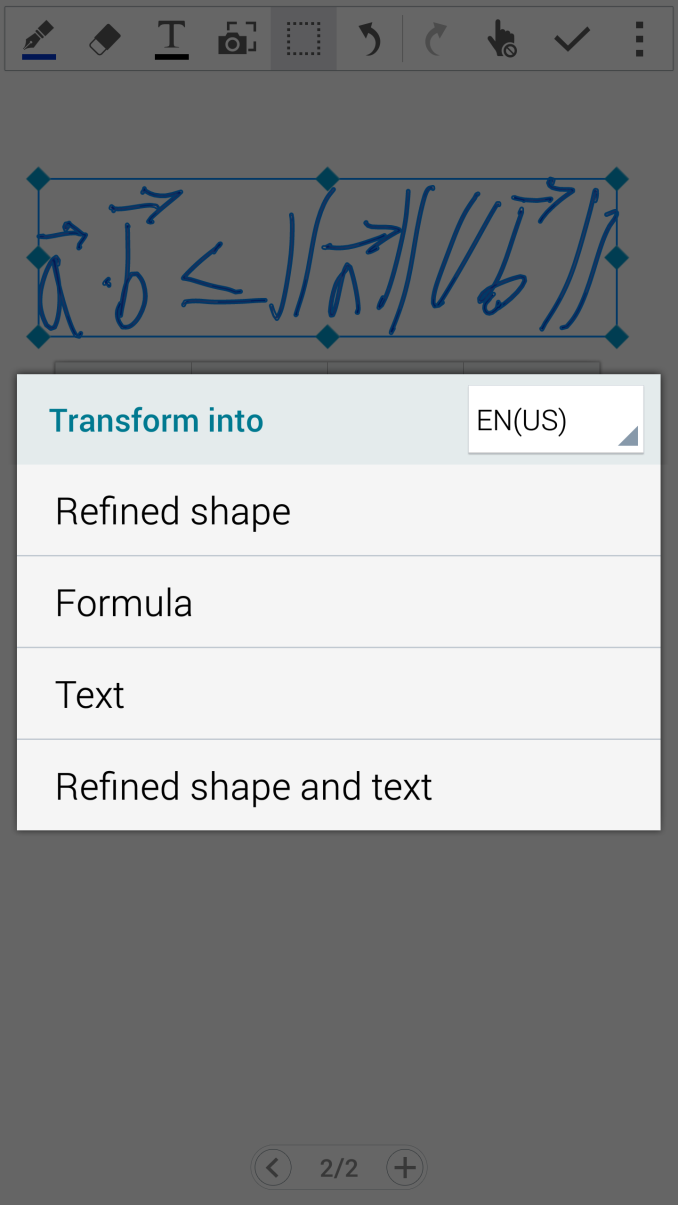
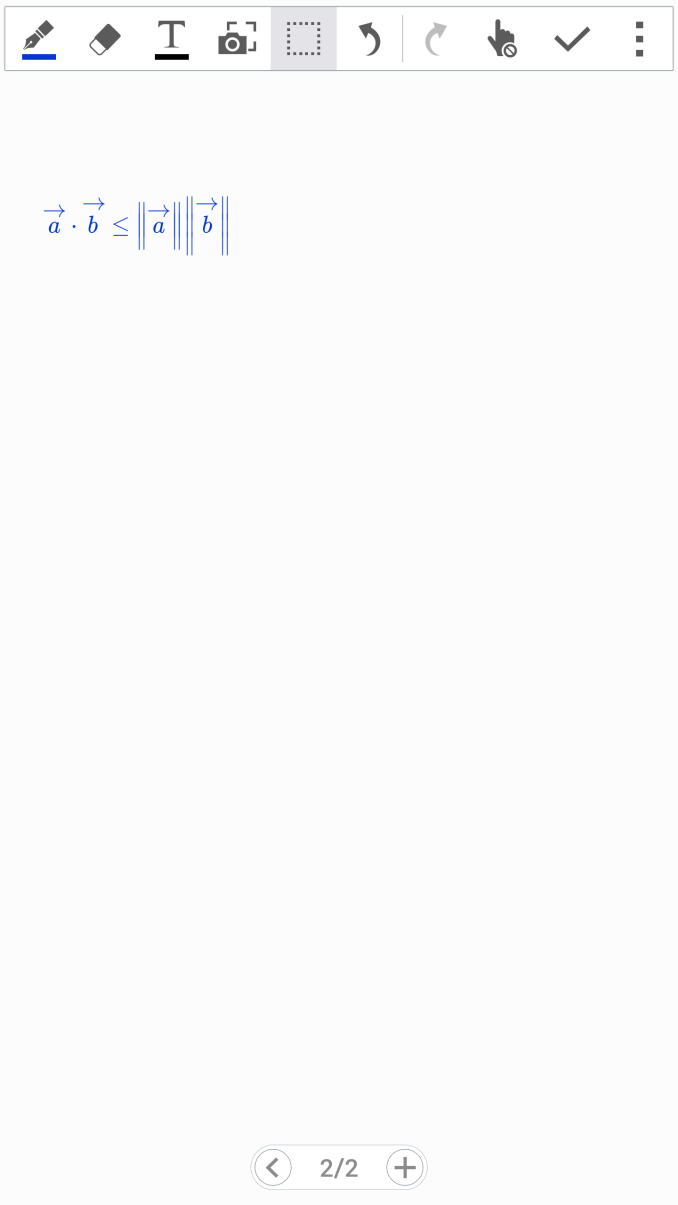
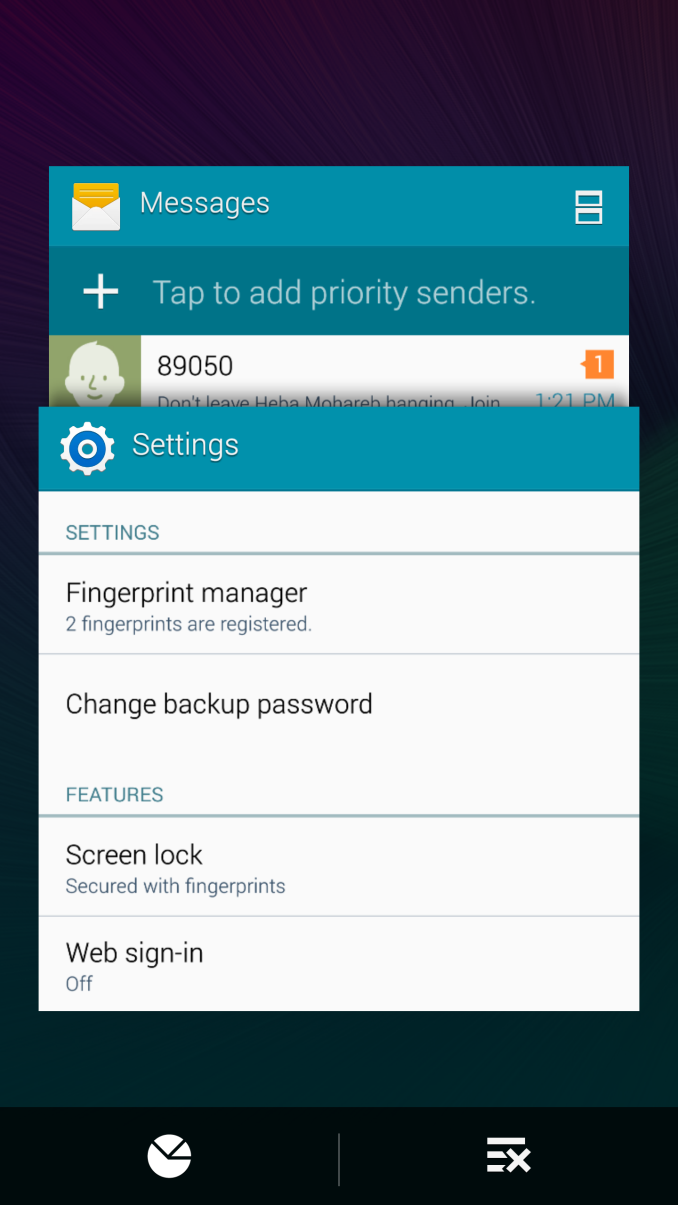
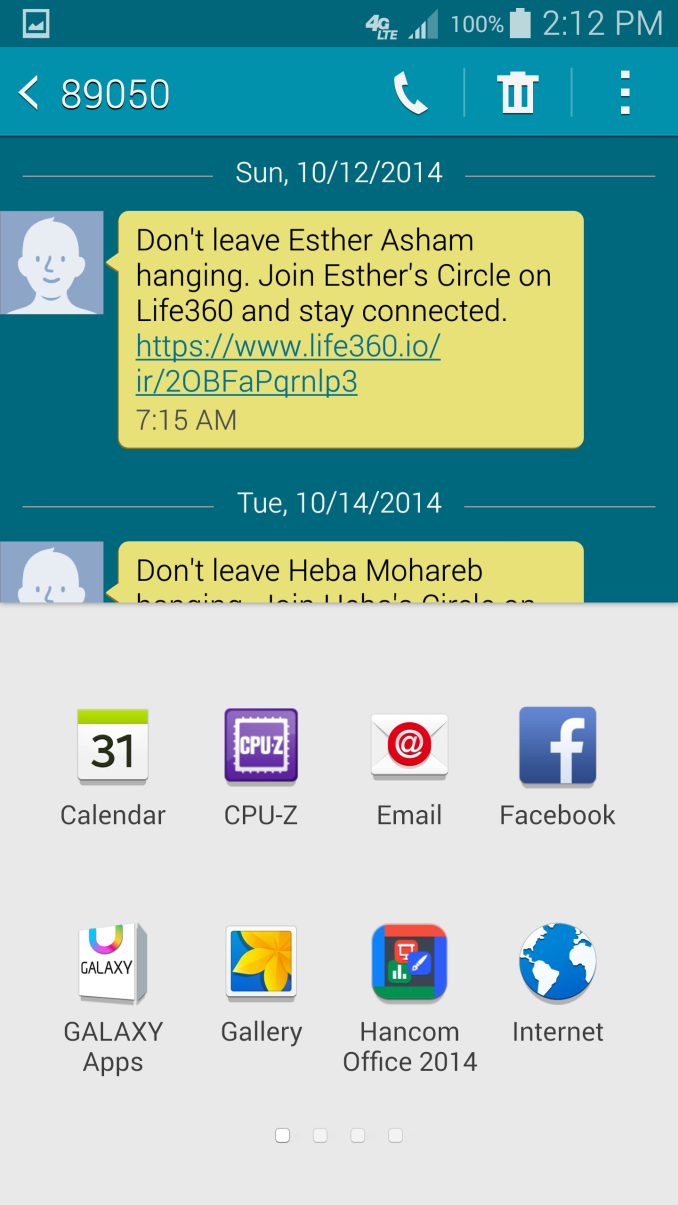
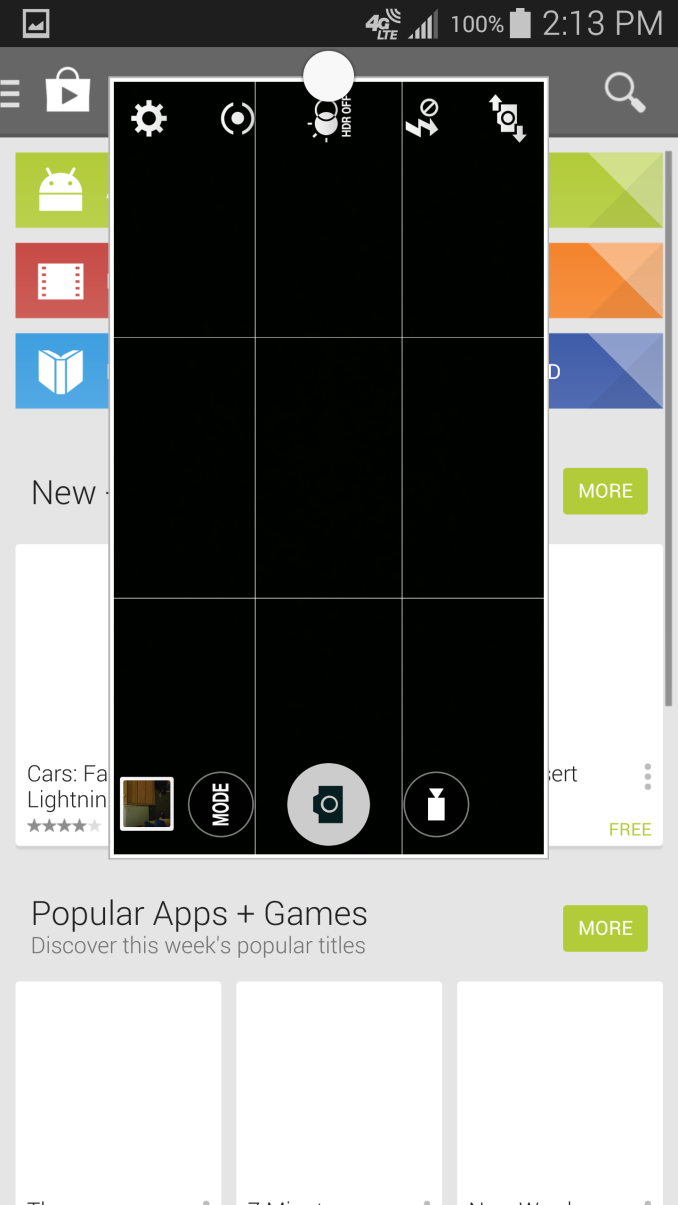
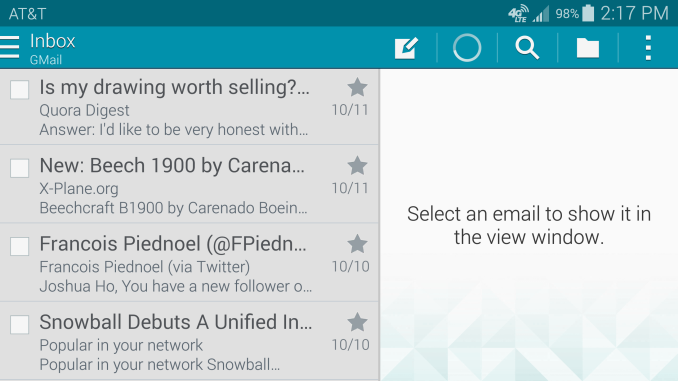
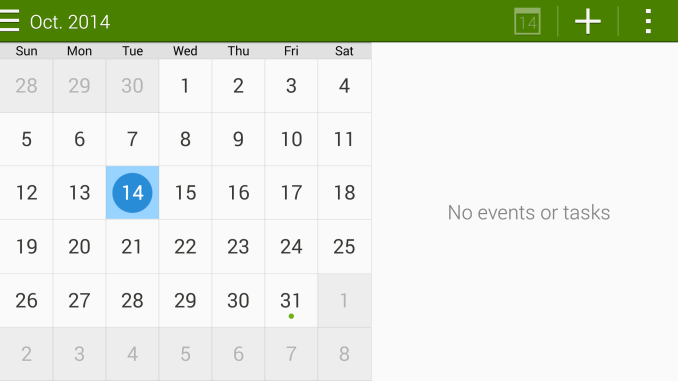
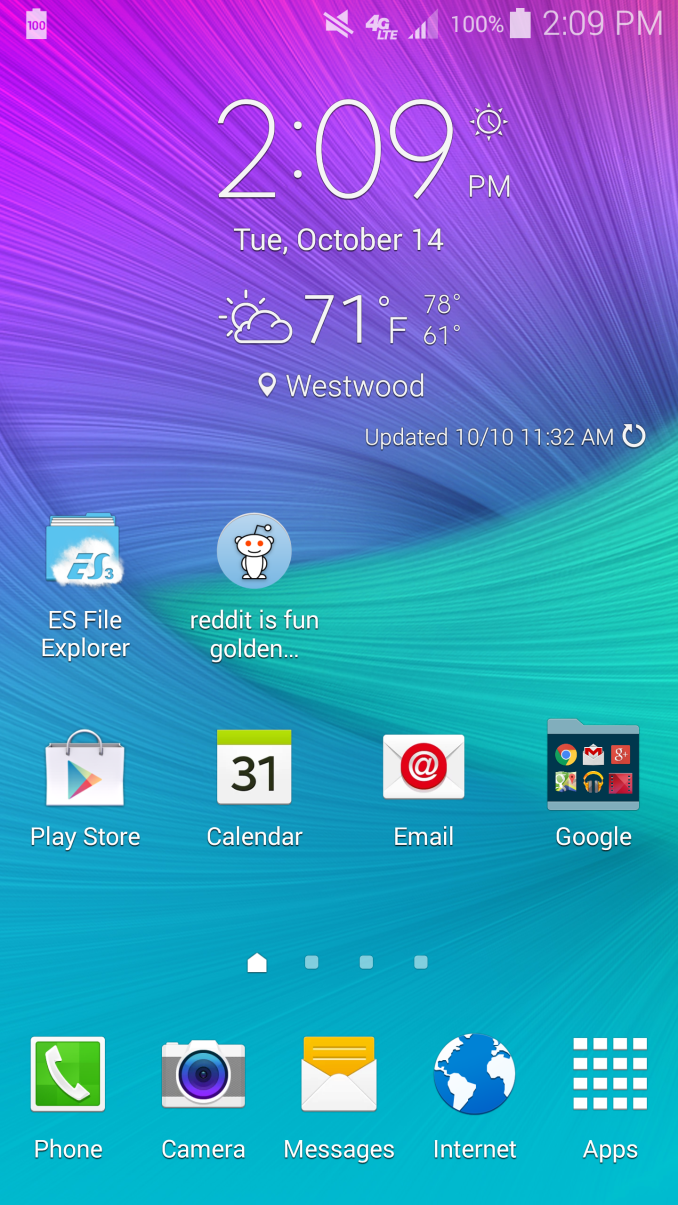









195 Comments
View All Comments
darkich - Wednesday, October 15, 2014 - link
Yep, different approach to low power design.Apple use just two underclocked but very beefed up, large cores, while Qualcomm uses more small, simple, but high clocked cores.
Just think about the fact that Snapdragon 805 probably doesn't draw more power than the A8, even while being clocked twice higher and built on a larger node.
If you doubt that, the Galaxy Note 4 itself is your proof - longer battery endurance than iPhone 6+(according to every other review) despite of having a modestly larger battery, supposedly less efficient OS, triple the RAM, bigger screen and larger resolution panel.
There's probably no way it could achieve that if snapdragon 805 was any less efficient than A8
darkich - Wednesday, October 15, 2014 - link
One more thing.. the CPU benchmarks posted here are nothing but a single threaded Web scripts. Which means, almost entirely dependant on software optimization and single core performance.If you want a good raw performance indication of the CPU setup itself, look up Geekbench.
There the Snapdragon 805 easily beats the A8 in overall score.
The A8 beats it even more easily in the single core part though.
KPOM - Wednesday, October 15, 2014 - link
Not many apps are designed for multicore support. Also, Apple chips run at top speed for longer. It's like comparing Carl Lewis to Paula Radcliffe. Lewis can run faster for short bursts but Radcliffe has more endurance and is still running at the top of her game after 26.2 miles.KPOM - Wednesday, October 15, 2014 - link
Not necessarily. The biggest drain on the battery is the screen. OLED is more efficient than LCD. So perhaps the Qualcomm CPU is less efficient but Samsung makes it up in the display. Now that Samsung seems to have solved the saturation issue perhaps the real story is that if Apple and Samsung were still partners instead of frenemies the battery life on the latest iPhones would be absolutely amazing instead of just good considering the smaller batteries they use.tralalalalalala40 - Saturday, October 18, 2014 - link
not more efficient when browsing the web (white background)tralalalalalala40 - Saturday, October 18, 2014 - link
Because you were lied to by a 100 billion dollar marketing machine. more megapixels is not better (if you don't account for pixel size etc.). more RAM is not better (if you don't account for fast memory compression techniques). more clock speed is not better (if you don't account for electromigration and current leakage, etc. in the transistors).techcrazy - Wednesday, October 15, 2014 - link
Samsung amoled display doesn't appear as sharp as other LCD display. It's because of their PenTile subpixel layout. Their PentTile subpixel layout is lower than a conventional RGB stripe, so true subpixel density increases around 20%. - So basically Samsung's QHD display only 20% sharper than FHD display which has RGB stripe where as LG's QHD display is nearly 80% sharper than FHD display which has RGB stripe. LG's QHD display is the true QHD display and Samsung's QHD is the fake QHD display.grayson_carr - Wednesday, October 15, 2014 - link
Doesn't change the fact that the G3 display isn't very well calibrated, has very poor contrast, and has a terrible oversharpening algorithm that makes things look weird.MattL - Wednesday, October 15, 2014 - link
Good review... two things though:1) Your screen analysis results differ from display mate in an oddly large way, different review unit calibrations maybe? They found it to rate much better on accuracy results than here.
2) Battery life results differ a bit than most other sites, they find the note 4 does better than the iPhone 6. In fairness the web browsing results is where it rates the lowest which is where the iPhone 6 barely beats it here, so that doesn't different too much.
Why don't you do a video battery life test? Or a mixed content test. These are areas that OLED screens should do much better due to white screen vs black energy efficiency, something display mate analyzed in much more detail.
Arcetnathon7 - Wednesday, October 15, 2014 - link
Don't you think strange that diplaymate submit the test weeks before the launch ?Same thing with Galaxy Alpha and GSMarena review.
I really suspect Samsung chosing prototypes. Every other review after launch never meet those results.